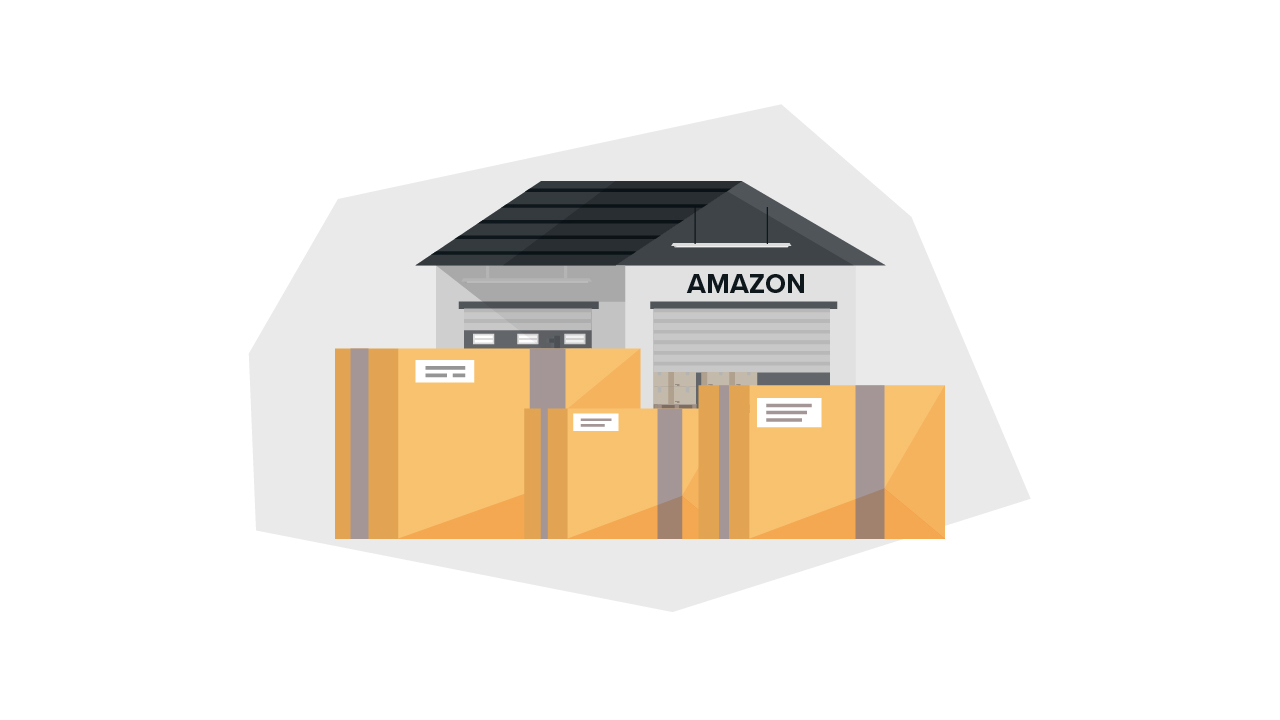
6 Common Amazon Seller Mistakes and How to Avoid Them

Amazon opens up a lot of opportunities for high ROI and a healthy stream of revenue. However, selling on Amazon isn’t a cakewalk. If you’re new to eCommerce, you can expect a steep learning curve, which makes you susceptible to costly mistakes. If you’re an established business, even one careless mistake may end up destroying your profits for an entire quarter.
In this article, we’ll go over some common mistakes Amazon sellers make and how to overcome them.
What are common Amazon FBA mistakes?
1) Getting lax on the rules
Amazon is notoriously strict, and they can and will suspend any sellers they suspect aren’t following the marketplace rules. Unfortunately, their rules are also always changing, which means sellers must constantly stay up-to-date on the latest rules to avoid Amazon suspensions.
Getting suspended on Amazon costs you revenue (all the money you would have made otherwise) and can make you lose the high rankings you worked hard for.
2) Not vetting new suppliers
Not all global suppliers can be trusted, no matter how big they are. If you’re planning on sourcing products from new suppliers, try to work with companies that other sellers have already tried and tested. Start with a small order to check their process and quality, then scale up slowly from there.
3) Not optimizing listings regularly
With more than 6 million Amazon sellers, the competition for customers is fierce. The typical shopper isn’t willing to scroll through dozens of different listings to purchase an item they’re looking for, which means you need to be one of the first to be seen in order to convert.
It isn’t enough to optimize your listings once in a set-it-and-forget-it manner. You need to update your listings with professionally-shot photographs, accurate descriptions, catchy copy, and competitive pricing.
4) Ordering too much inventory
Some optimistic merchants order a large bulk of inventory without proper demand planning, or looking at sales projections. Sometimes it works out if there are sudden spikes in sales, and those sellers avoid going out of stock.
However, if you over-order and end up with slow-moving stock, you risk paying more to store items that you can’t sell. Amazon also imposes higher fees on items that sit in their FBA warehouses more than one year. To avoid these storage fees, you can move inventory back to your own storage space, but that costs money, too. Another option would be liquidation, but it’s likely that you won’t receive your full investment.
To avoid this, stick to your historic data and use it to guide how much inventory you order and send into the FBA network.
5) Running out of inventory
The opposite problem is also common for many sellers. Sometimes, sellers miscalculate how much inventory they actually need on a sales channel, and don’t send enough in or order enough from their suppliers.
They end up selling out, losing loyal customers, dropping in Amazon search rankings, and missing out on revenue until they can restock.
6) Taking your eye off accounting
Mishandling your accounts can bankrupt your business without anyone noticing, or leave you needing more inventory with no capital to order it. When you’re running an Amazon FBA business, you need to stay on top of your cash flow. You should always know what’s coming in and going out, as well as the aspects of your operations you need to tweak in order to reduce overhead spending.
Wrapping up: Avoid these Amazon mistakes for more ROI

Make sure to avoid these common mistakes to save yourself and your team time, money, and headaches.
If you’re running an Amazon business and need help with logistics, customer service, and account management, get in touch!
